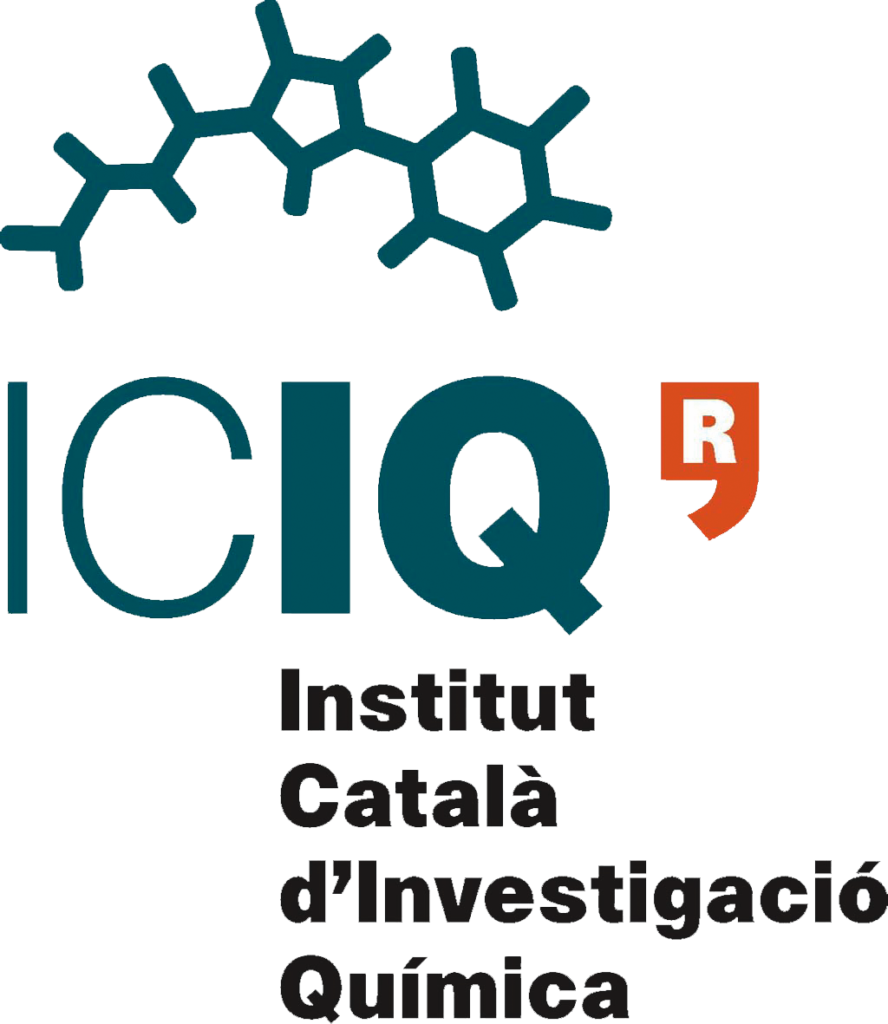Short Biography
Hannah received her B.S. in Chemistry from the California Institute of Technology (Caltech) in 2006,
where she performed research on spectroscopic endospore viability assays with Adrian Ponce (NASA Jet
Propulsion Laboratory) and Harry Gray. She received her Ph.D. in Physical Chemistry from the University
of California, San Diego (UCSD) in 2011, under the direction of Professor Judy Kim, as an NSF Graduate
Research Fellow and a National Defense Science and Engineering Graduate Fellow. During her graduate
research, she used many different types of spectroscopy to study the structure and dynamics of amino
acid radical intermediates in biological electron transfer reactions. After earning her Ph.D., Hannah
moved across the ocean to Germany to study hydrogenase and oxidase enzymes and learn advanced
EPR techniques as a Humboldt Foundation Postdoctoral Fellow working under Director Wolfgang Lubitz
at the Max Planck Institute for Chemical Energy Conversion. Since starting her independent career,
Hannah has received the NSF CAREER award in 2015 to support work on hydrogenase mimics, and in
2017, she was awarded the DOE Early Career award to support the group’s research on one-carbon
activation in model nickel metalloenzymes. The group has also received support for their research on
heterobimetallic Mn/Fe cofactors through the NIH R35 MIRA program for New and Early Stage
Investigators. Hannah was also awarded the 2018 Sloan Research Fellowship. Hannah and her group
moved to UCLA in 2023 and are excited about the new opportunities that California will offer!
Abstract
Model metalloenzymes to catalyze the reactions of early life
Metalloenzymes catalyze the challenging chemical reactions that lie at the core of vital life processes,
from carbon and nitrogen fixation to photosynthesis and respiration. Native metalloenzymes use only
earth-abundant transition metals and operate under mild conditions, accessing reactivity that remains
largely out of reach for synthetic systems. Given the importance of these fundamental processes in the
context of energy, environment, sustainability, and human health, gaining molecular-level understanding
into how metalloenzymes work is of the utmost importance. To this end, we are developing protein-based
models as structural, functional, and mechanistic mimics of naturally occurring metalloenzymes. Targets
to be discussed in this presentation include hydrogenase, carbon monoxide dehydrogenase (CODH), and
acetyl coenzyme A synthase (ACS). These nickel-containing enzymes are implicated in chemoautotrophic
origins of life and play key roles in the metabolisms of ancient bacteria and archaea. However, while
these enzymes are highly functional within their cellular environment, most are costly to isolate, sensitive
to external conditions, and generally poorly suited for large-scale application. Additionally, the
multimetallic active sites and auxiliary cofactors obscure distinguishing spectroscopic features and render
detailed analyses challenging. As a result, the molecular mechanisms of catalysis remain relatively poorly
understood, thwarting efforts to build biomimetic synthetic systems that act with the efficacy of native
enzymes. By combining functional studies of our model proteins with diverse spectroscopic techniques
and computational investigations, we can obtain a comprehensive understanding of how the electronic
and geometric structures dictate reactivity in each system. Reconstructing functional metalloenzymes
“from the ground up” offers direct insight into the fundamental chemical principles driving the natural
systems. Looking forward, we hope to apply these principles towards engineering effective systems for
energy conversion reactions while learning about fundamental chemical transformations that may
underlie the evolution of prebiotic processes into early life.








